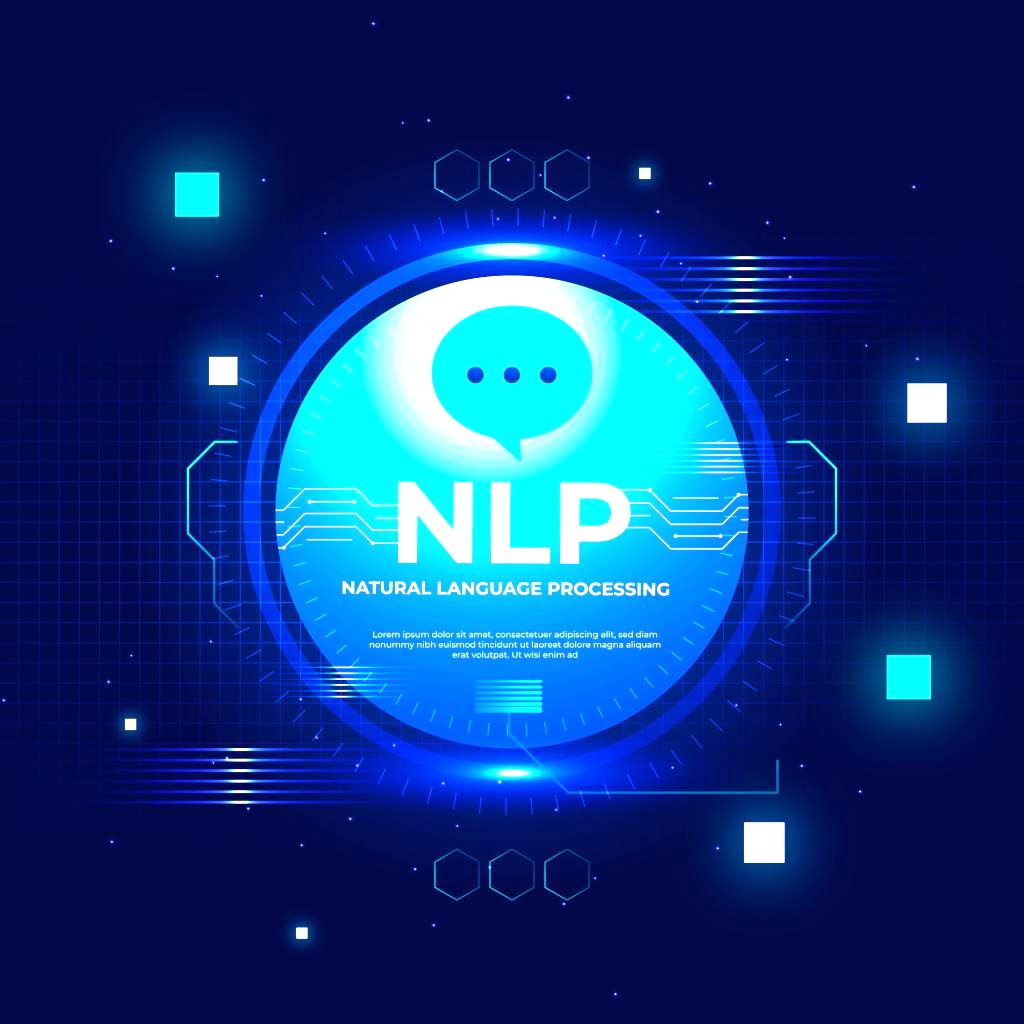Natural Language Processing and Text Mining:
In today’s digital age, data is abundant, and the importance of extracting meaningful information from text data cannot be overstated. This article explores the fascinating world of Text Analytics and Natural Language Processing (NLP) and delves into how these cutting-edge technologies are transforming the way we analyze and understand text-based content.
Understanding Text Analytics and NLP
Text Analytics, also known as text mining or text analysis, is the process of extracting meaningful insights and patterns from unstructured text data. It involves various techniques such as natural language processing, machine learning, and statistical analysis to uncover hidden information from textual sources.
Natural Language Processing (NLP), on the other hand, focuses on the interaction between computers and human language. It enables machines to understand, interpret, and generate human-like text, making it a crucial component of text analytics.
The Role of Natural Language Processing in Text Analytics
NLP plays a pivotal role in text analytics by enabling computers to perform tasks such as:
Sentiment Analysis:
Determining the sentiment (positive, negative, or neutral) expressed in a piece of text.
Named Entity Recognition:
Identifying and classifying entities like names of people, organizations, and locations.
Text Classification:
Categorizing text documents into predefined categories or labels.
Language Translation:
Translating text from one language to another while preserving its meaning.
Summarization:
Generating concise and coherent summaries of lengthy text documents.
Chatbots and Virtual Assistants:
Creating intelligent virtual agents capable of holding natural conversations.
Benefits of Text Analytics and NLP
The integration of Text Analytics and NLP into various industries and applications offers a multitude of benefits, including:
Data-driven Decision Making:
Extract valuable insights from customer reviews, social media data, and more, enabling informed business decisions.
Improved Customer Service:
Chatbots and virtual assistants powered by NLP provide efficient and personalized customer support.
Enhanced Content Marketing:
Analyze user-generated content to tailor marketing strategies and engage with the target audience effectively.
Risk Management:
Detect and mitigate risks by analyzing large volumes of textual data for potential issues or anomalies.
Healthcare Advancements:
NLP assists in medical record analysis, drug discovery, and disease prediction.
Legal Support:
Automate contract analysis, legal research, and document review for law firms and legal departments.
Applications in Various Industries
Text Analytics and NLP have a wide range of applications across different sectors, including:
E-commerce:
Improving product recommendations and customer reviews analysis.
Finance:
Fraud detection, sentiment analysis for stock trading, and customer feedback analysis.
Healthcare:
Clinical text analysis, patient sentiment monitoring, and drug discovery.
Customer Service:
Chatbots and sentiment analysis for better customer support.
Media and Entertainment:
Content recommendation, content summarization, and sentiment analysis of audience reactions.
Challenges and Ethical Considerations
While Text Analytics and NLP offer immense potential, they also come with challenges and ethical considerations such as privacy concerns, bias in data, and the responsible use of AI.
Key Players in the Field
Several organizations, including tech giants and startups, are leading the way in advancing Text Analytics and NLP. Some prominent names in the field include Google, IBM, Microsoft, and OpenAI.
Future Trends in Text Analytics and NLP
As technology continues to evolve, the future of Text Analytics and NLP holds exciting possibilities, including improved multilingual capabilities, more accurate sentiment analysis, and increased automation in content generation.
FAQs:
Q: What is the difference between Text Analytics and NLP?
Text Analytics focuses on extracting insights from unstructured text data, while NLP deals with the interaction between computers and human language.
Q: How is sentiment analysis performed using NLP?
Sentiment analysis uses NLP techniques to determine the emotional tone expressed in text, categorizing it as positive, negative, or neutral.
Q: Can NLP be used for language translation?
Yes, NLP is employed in language translation to convert text from one language to another while preserving meaning.
Q: What ethical concerns are associated with Text Analytics and NLP?
Ethical concerns include privacy issues, bias in data, and the responsible use of AI, especially in decision-making processes.
Q: Which industries benefit the most from Text Analytics and NLP?
Industries such as finance, healthcare, e-commerce, and customer service derive substantial benefits from these technologies.
Q: What are some real-world examples of NLP applications?
Examples include chatbots in customer service, auto-generating content summaries, and analyzing medical records for disease prediction.
Q: Are there open-source NLP tools available for developers?
Yes, there are open-source NLP libraries and frameworks like NLTK and spaCy that developers can use.
Q: How can businesses get started with implementing Text Analytics
and NLP?
Businesses can begin by identifying specific use cases, collecting relevant data, and selecting appropriate NLP tools or platforms.
Q: What trends can we expect in the field of Text Analytics and NLP in
the coming years?
Future trends include improved multilingual capabilities, more accurate sentiment analysis, and increased automation in content generation.
Q: Is NLP limited to the English language, or can it work with other
languages too?
NLP is not limited to English; it can be adapted to work with numerous languages, making it a versatile tool for global applications.
Conclusion
Text Analytics and Natural Language Processing are transforming the way we analyze and understand text data, offering valuable insights across various industries. As technology continues to advance, these powerful tools will play an even more significant role in shaping the future of data-driven decision-making and content generation. Embracing Text Analytics and NLP is not just a choice but a necessity for staying competitive in today’s data-driven world.
